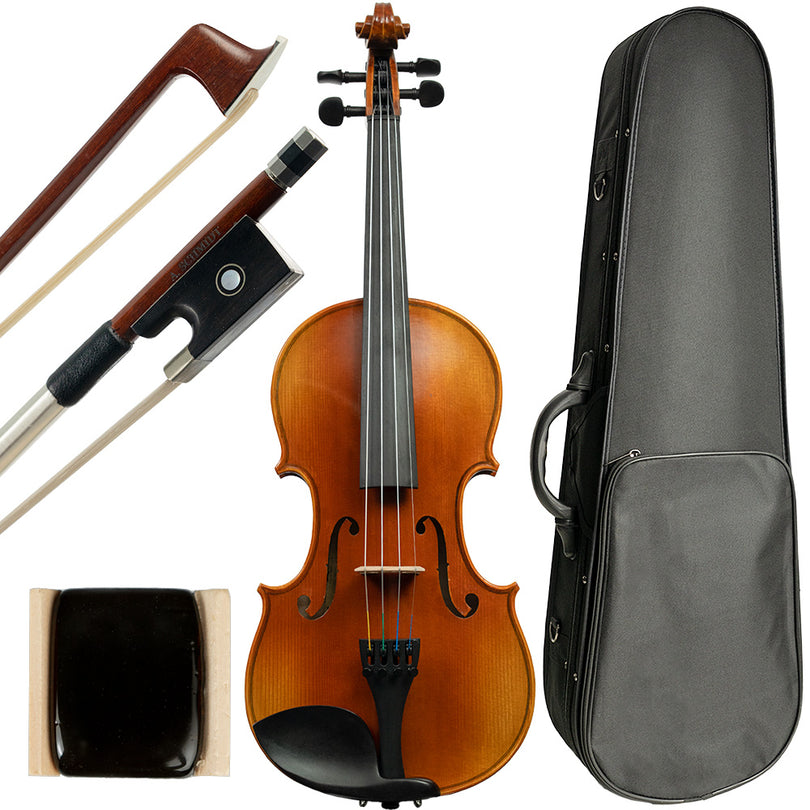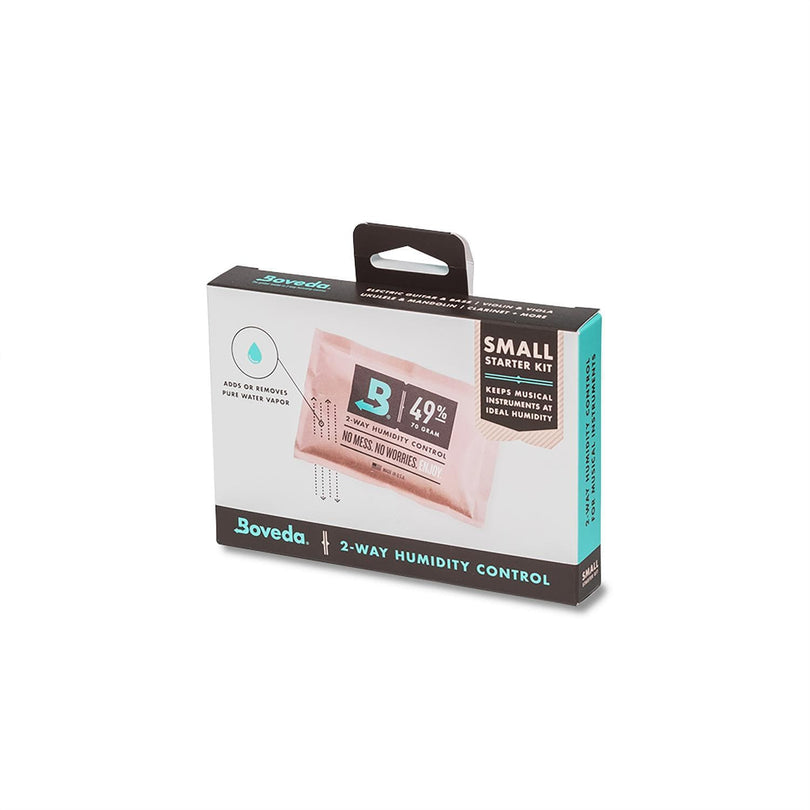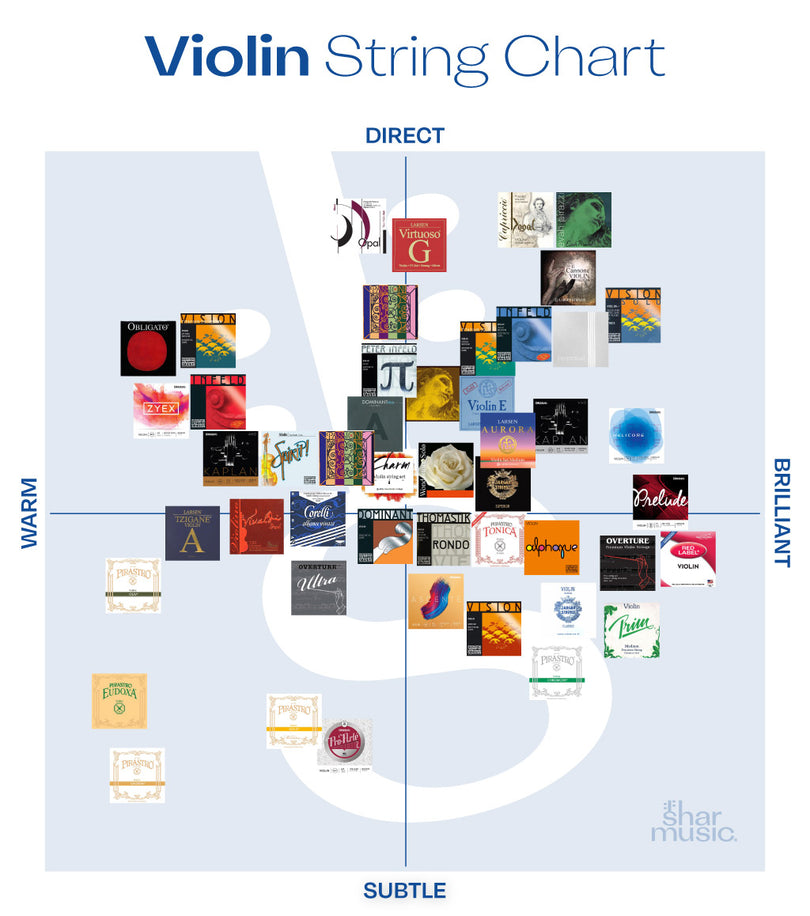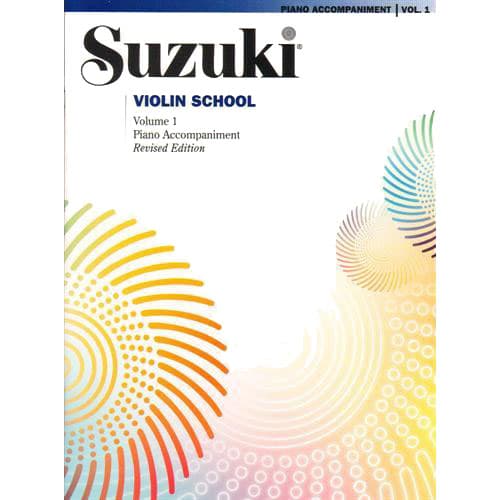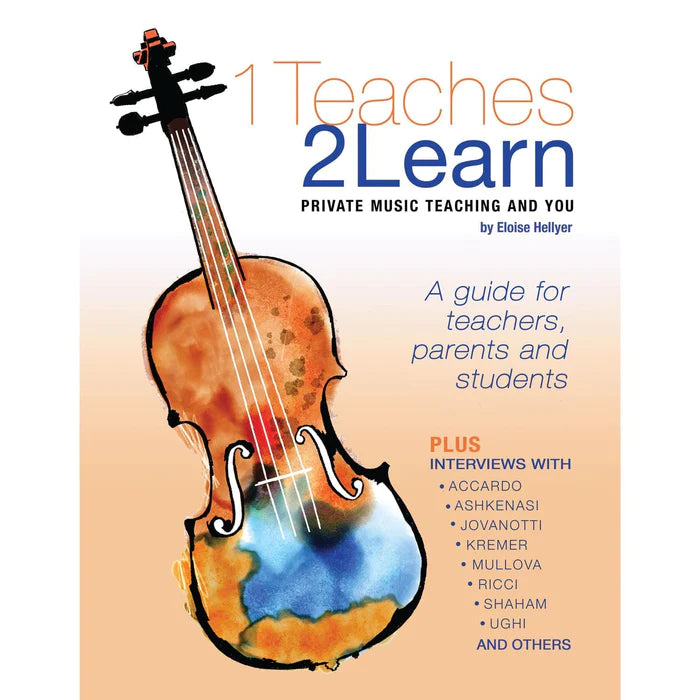Spring Is In the Air—and So Is Recital Season
As flowers bloom and the school year nears its close, one thing is certain for string players: recital season has arrived. Whether you’re a teacher prepping a classroom full of violinists, a parent supporting your child’s first performance, or a student ready to shine, a well-maintained instrument is just as important as the music itself.
Let’s walk through a comprehensive, spring-friendly checklist to get your violin, viola, cello, or double bass in peak performance shape—inside and out.
🎼 The Ultimate Spring Recital Prep Checklist for Bowed Strings
✅ 1. Check Your Strings (and Replace if Needed)
Strings lose their brilliance and responsiveness over time. If you’ve been playing regularly this semester, it might be time for a change.
Signs it’s time to replace your strings:
-
Dull or "dead" tone
-
Strings feel less responsive under the bow
-
Visible unraveling or fraying
-
You’re having to work harder for projection and clarity
👉 Tip: Most students benefit from changing strings every 3-6 months depending on usage.
✅ 2. Inspect Your Bow Hair
A smooth, confident bow stroke starts with healthy bow hair. Spring recitals demand precision, and worn-out bow hair won’t deliver.
Bow hair red flags:
-
Thinning or uneven wear (especially more hair lost on one side)
-
Dirty or greasy hair near the frog
-
Requires too much rosin to grip
🎯 Solution: If you haven’t had a rehair this school year, now’s a great time. Many players benefit from rehairing every 6–12 months.
✅ 3. Straighten That Bridge
The bridge should stand perpendicular to the top plate of your instrument. But tuning and string pressure can gradually tilt it forward—leading to warped bridges or inconsistent tone.
Check your bridge for:
-
A forward lean toward the fingerboard
-
Feet not flush against the instrument
-
Warping or bending in the wood
🛠️ If the bridge is leaning, carefully adjust it—or ask your teacher or luthier for help.
✅ 4. Tidy Up With a Gentle Cleaning
Rosin buildup, fingerprints, and dust accumulate fast—especially during daily practice. A clean instrument not only looks better, but resonates more freely.
Cleaning Tips:
-
Use a dry, lint-free cloth after each session
-
Avoid furniture polish or household cleaners
-
For deeper cleaning, use violin-safe polish sparingly
🎒 Don’t forget to wipe down the stick of your bow too—rosin buildup here can damage the finish.
✅ 5. Monitor Humidity and Temperature Swings
Spring = unpredictable weather. Rapid shifts in temperature and humidity can cause cracks, open seams, and bow hair tension issues.
Protect your instrument by:
-
Keeping it in a case when not in use
-
Using a case humidifier (like Dampit or Stretto) and a hygrometer
-
Avoiding car trunks, radiators, and direct sunlight
🎻 For cellists and bassists: Retract your endpin when storing the instrument to avoid warping the bottom plate.
✅ 6. Rosin Up—But Not Too Much
Rosin gives your bow the grip it needs—but too much causes sticky strings and powdery residue.
Rosin best practices:
-
Apply sparingly—just a few swipes
-
Choose the right rosin for your instrument and bow hair (dark rosins for bass, light for violin/viola)
-
Wipe strings after each session
📦 If your rosin is cracked, dusty, or crumbly, it’s time for a replacement!
✅ 7. Plan for Emergencies
Recital day jitters happen—but gear emergencies shouldn't. Prepare a small survival kit:
🎒 Your Spring Recital Emergency Kit:
🌟 Final Thoughts: Set the Stage for Your Best Performance Yet
A well-prepped instrument lets your music shine. By taking just a few intentional steps this spring, you’re not only protecting your gear—you’re setting yourself (or your student) up for a confident, expressive, and joyful recital experience.
🎶 Shar Music is here to help you every step of the way—whether you need new strings, professional setup services, or expert advice. Because we believe in music—and in the people who play it.
Ready for recital season? Browse our bestselling strings, bows, and accessories here and make your performance unforgettable.

